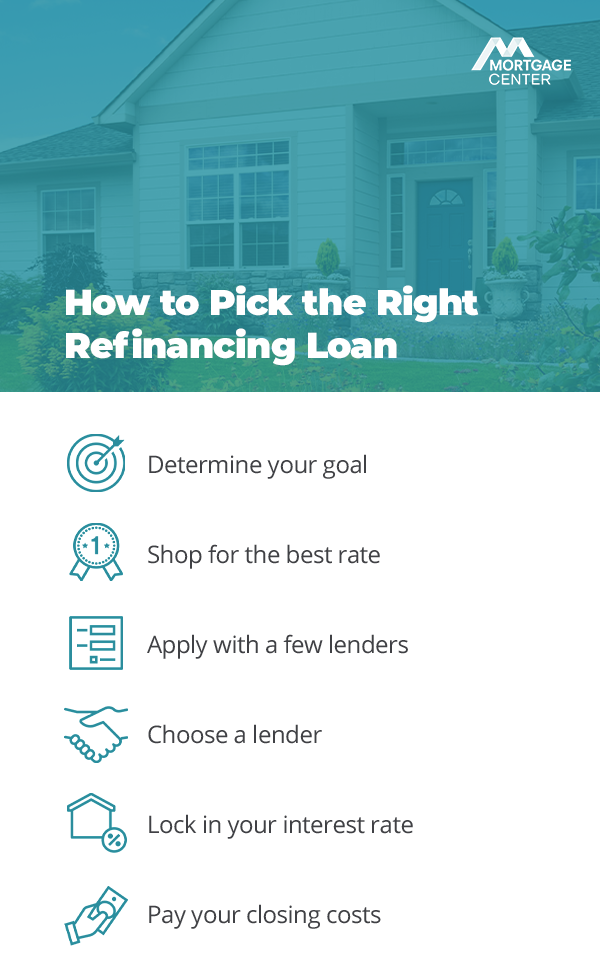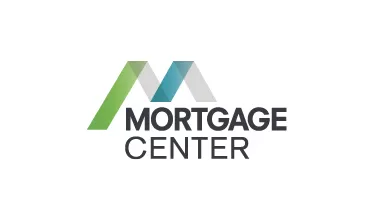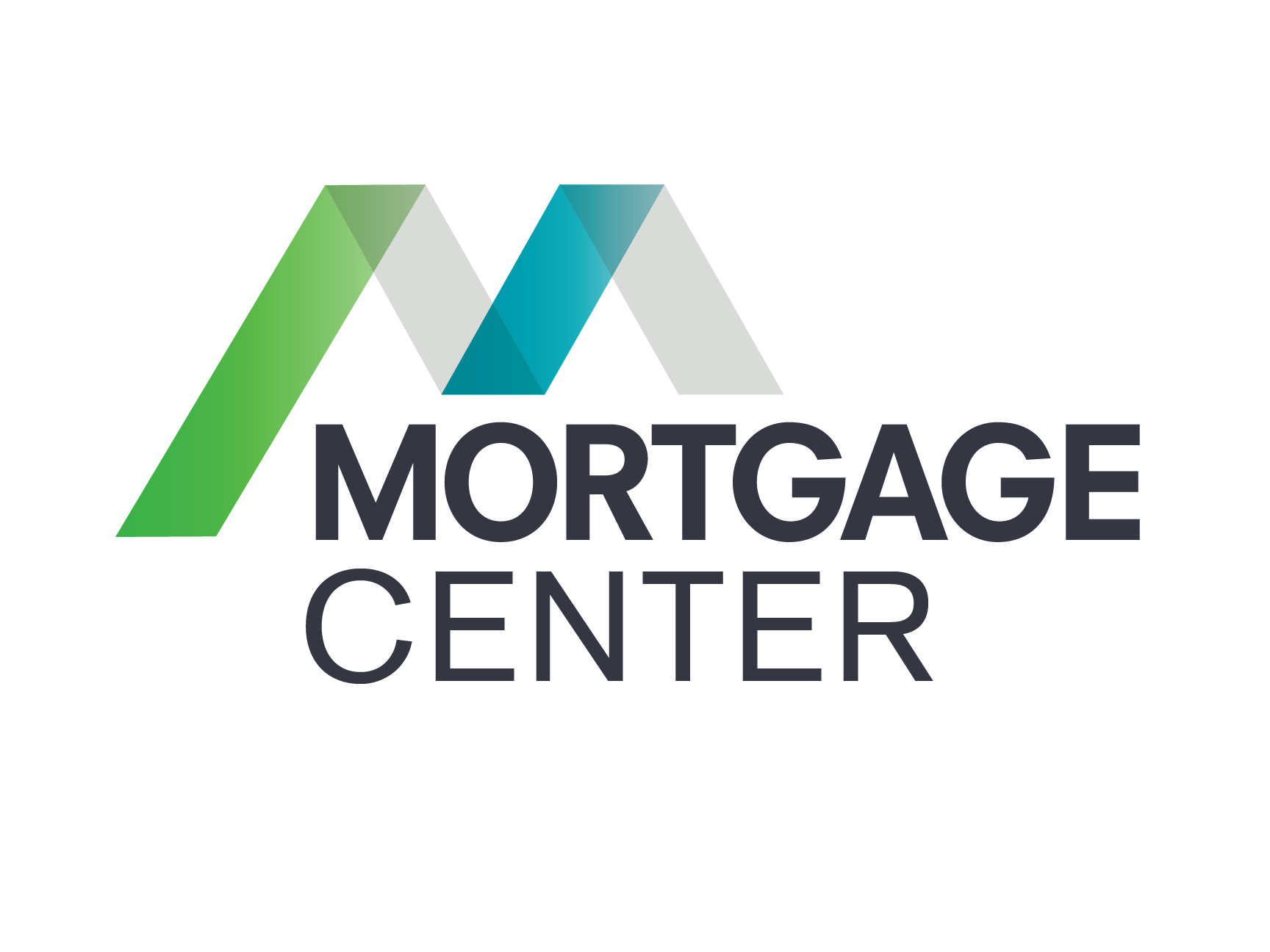When it comes to borrowing money, using the equity you’ve built in your home can be a smart decision. You can gain equity when your home increases in value or by paying down your mortgage principal. Each time you make your monthly mortgage payment, you gain some equity in your home.
While other methods, like credit cards, often charge high interest rates, these loans keep your interest rate low while giving you the money you need. Home equity loans, cash-out refinances, and home equity lines of credit (HELOCs) are all great options, but which is right for you? Before you make your decision, it’s important to fully understand the pros and cons of each, along with how each loan works.

What Is a Home Equity Loan?
A home equity loan, commonly called a second mortgage or home equity installment loan, gives you a lump sum of money that you pay back at a fixed rate. The amount of money you receive is based on how much of your home is paid off. Essentially, you are borrowing against the equity you have in your home.
A home equity loan is similar to your mortgage, as your equity serves as collateral to the lender. Factors that will impact the amount you can borrow are your combined loan-to-value (CLTV) ratio, the amount of the loan, the interest rate, your payment history and your credit score. The traditional home equity loan has a set repayment term, just like a conventional mortgage.

How Does a Home Equity Loan Work?
With a home equity loan, you can convert the equity in your home into cash and invest that cash into renovations to increase the property's value. However, if real estate prices drop, you may end up spending more on your home than it's worth.
Pros and Cons of Home Equity Loans
When you choose a home equity loan, you can enjoy several benefits. However, there are also some disadvantages you should consider before making your decision.
Pros
The advantages of a home equity loan include:
- Simple process: Since a home equity loan is a secured debt, the process of obtaining one is simple for most consumers. Your lender will do a credit check and order a home appraisal to determine your loan-to-value ratio and creditworthiness.
- Lump-sum payment: With a home equity loan, you receive all the money at once. This option is great if you know how much money you need to borrow and know exactly what you're using it for. You will receive the amount in full at closing.
- Fixed-rate loan: Home equity loans come with a fixed rate, so there's no need to worry about your interest rate moving up or down with the housing market.
- Lower interest rate: Generally, you'll receive lower interest rates than you would using a credit card since the loan is secured by your home. This advantage is why many homeowners borrow against their homes' equities to pay off their credit card debt.
- Flexibility: The money can be used for virtually anything. Usually, borrowers use the money for large goals like remodeling, debt consolidation or paying for higher education.
A home equity loan provides an easy source of cash that you can leverage as a responsible borrower. If you have a reliable, steady stream of income and know you can repay your loan, the potential tax deductions and low interest rates can make a home equity loan a great choice.
Cons
The disadvantages of a home equity loan include:
- Reloading: The greatest drawback of a home equity loan is that it can lead to a cycle of spending and borrowing, leading to a homeowner sinking further into debt. Reloading refers to when a borrower continually takes out a loan to pay off existing debt and gain additional credit, then uses this credit to make more purchases.
- Higher interest rate than other options: Compared to a HELOC or cash-out refinance, the interest rate is high.
- Two mortgage payments: A home equity loan is considered a second mortgage, meaning you’ll be paying two mortgage bills each month. Depending on your circumstances, these payments could put you in a difficult financial situation.
- Closing costs: Although the interest rate tends to be lower than the rate for a credit card, start-up fees are significantly higher.
What Is a HELOC?
A HELOC, or Home Equity Line of Credit, gives you access to a revolving line of credit based on the equity in your home. A HELOC is more like a credit card than a second mortgage. During the draw period, you can access the money just as you would with a credit card. Then, during the repayment period, you pay it back with interest. Compared to other types of loans, a HELOC tends to have a lower interest rate, and the interest you pay may be tax-deductible.
Lenders tend to offer several ways to access your funds, such as a check, a credit card linked to your account or an online transfer.
How Does a HELOC Work?
You borrow against your home's available equity with a HELOC, and your lender uses your home as collateral. As you repay your balance, the amount of your available credit is replenished, similar to a credit card. As a result, you can borrow against your credit again if needed. You can also borrow as much or as little as you want throughout the draw period — up to your established credit limit. When your draw period ends, the repayment period will start.
You may be eligible for a HELOC if you have equity in your home, which means you owe less on your home than its value. You can usually borrow a significant amount of your home's value minus what you owe. Generally, a lender will also look at the factors considered when you got your mortgage, such as your credit history, credit score, employment history, monthly debts and monthly income.
Pros and Cons of a HELOC
A HELOC lets you enjoy several benefits. However, there are also some cons you should consider before making your choice.
Pros
- Limited interest payments: With a HELOC, you only pay interest on the money you use during the draw period.
- No or low closing costs: There are also little to no closing costs with a HELOC, so your costs will be manageable.
- Flexible: You can use the money how you want. As long as your lender does not require minimum withdrawals, a HELOC can be used as an emergency fund, for example. If you lose your job, have equity in your home and need cash, you may want to take out a HELOC.
Cons
The disadvantages of a HELOC include:
- Adjustable interest rate: Generally, a HELOC uses an adjustable interest rate, meaning your rate could change month-to-month. If the housing market takes a dip, your interest rate could go up significantly. However, some lenders offer a fixed rate for a set number of years.
- Home as collateral: Just like a home equity loan, you risk losing your home if you default.
- Increased payments during repayment: When your draw period ends and you enter the repayment period, your payments can significantly increase, as you are now paying both principal and interest.
What Is a Cash-Out Refinancing?
Unlike a home equity loan or HELOC, a cash-out refinance is an entirely new loan that replaces your existing mortgage. With a cash-out refinance, you take on a new mortgage for an amount that’s more than what you owe on the house. The difference goes right into your pocket and is rolled into your mortgage payment.

Though you may want to make home repairs or renovations, saving up the money you need can be challenging. This situation is where a cash-out refinance can come in. With this option, you can complete your home improvement goals without relying on a second mortgage, personal loan or credit card debt.
How Does Cash-Out Refinancing Work?
Rather than taking out a second mortgage and adding another monthly payment into your budget, you'll pay off your first mortgage when you choose cash-out refinancing and replace the old mortgage with a new one. You take part of your equity and add what you take out onto the principal of your new mortgage.
For example, if you purchase a home for $150,000 and you have paid off $50,000, you still owe $100,000 on the home. If you want to make $15,000 of renovations, your new mortgage will be worth $115,000. This total is the original amount of $100,000 that you still owed on your home, plus the $15,000 you want to use for renovations. You will receive the $15,000 in cash from your lender a few days after you close on the refinance.
The amount you can get from a cash-out refinance depends on your home's value. Your home will need an appraisal to determine how much you qualify for in a cash-out refinance. If you're interested in cash-out refinancing, check the lender's requirements, calculate how much money you need and apply through a lender.
Pros and Cons of Cash-Out Refinancing
Several advantages and disadvantages come with cash-out refinancing.
Pros
The advantages of a cash-out refinancing include:
- One monthly payment: With cash-out refinancing, you'll make one mortgage payment each month, keeping your budget simple.
- Lower your rate or reduce your term: Cash-out refinancing allows you to refinance your home, which could help you lower your interest rate or pay your home off sooner. This change could mean you save a significant amount of money in the long term.
- Lower interest rate than other options: Typically, this option offers a lower interest rate than a home equity loan, HELOC or credit card.
- Use the money as you wish: When you get a cash-out refinance, you can choose what you want to do with the money. Pay an unexpected medical bill, catch up on student loan payments, free up cash to invest or make property repairs.
Cons
The disadvantages of a cash-out refinancing include:
- Closing costs: With cash-out refinancing, you'll have to pay closing costs, so you may want to consider this expense before you make your decision.
- Private mortgage insurance: If your down payment isn’t high enough, you’ll incur the extra fee of private mortgage insurance each month. If you don't have savings for a down payment, a cash-out refinance may not be the right choice for you.
- New loan term: Because you are technically starting over with a new mortgage, you will also take on a new loan term. Before choosing a cash-out refinance, make sure refinancing your home is right for you.
The Differences Between Home Equity Loans, HELOCs and Cash-Out Refinances
Though there are some similarities between home equity loans, HELOCs and cash-out refinances, there are also several differences.
- Number of mortgages: While a HELOC and a home equity loan are loans that you pay in addition to your original mortgage, a cash-out refinance results in a single, larger loan.
- Interest rates: With a cash-out refinance, you'll typically pay a lower interest rate than you will for a home equity loan or a HELOC. HELOCs typically also have adjustable interest rates, while home equity loans and cash-out refinances offer fixed interest rates.
- Closing costs: Closing costs tend to be lower for HELOCs and home equity loans than for cash-out refinances. This disparity is because a refinance is essentially a completely new mortgage.
- Eligibility: Typically, it's easier to qualify for a cash-out refinance than a home equity loan or a HELOC since you'll be replacing your primary mortgage when you refinance rather than making two payments at once.
- Fixed monthly payments: While cash-out refinancing and home equity loans come with fixed monthly payments, HELOCs start with interest-only payments in the draw period. The monthly payment changes within the repayment period to include both interest and principal.
How to Pick the Right Refinancing Loan
Once you have determined you want to refinance your home, follow the steps below on how to refinance your home:
1. Determine Your Goal
Identify your refinancing goals, such as reducing your monthly payment, getting rid of private mortgage insurance (PMI) or shortening your loan term.
2. Shop for the Best Rate
Shop for the best available rates and note the fees associated with the refinance.
3. Apply With a Few Lenders
To minimize the effect on your credit score, submit all your applications to lenders within a couple of weeks.
4. Choose a Lender
Compare the loan estimate provided by each lender after you apply, which will let you know how much money you will need to close.
5. Lock In Your Interest Rate
Lock your interest rate so it can't be changed before you close.
6. Close
At closing, you'll pay your closing costs.

Mortgage Center has been working with credit unions, their members, and home loan borrowers since 1990 with the goal of growing the credit union community. They have over 100 experienced home loan experts who are guided by the core values of the company. Mortgage Center is completely owned by credit unions which means their rates and closing costs remain competitively low, keeping more cash in members’ pockets while generating revenue for the credit union community. Start a mortgage application with us today!
TAFTAPPLYBTTN##TAFTAPPLYBTTN


